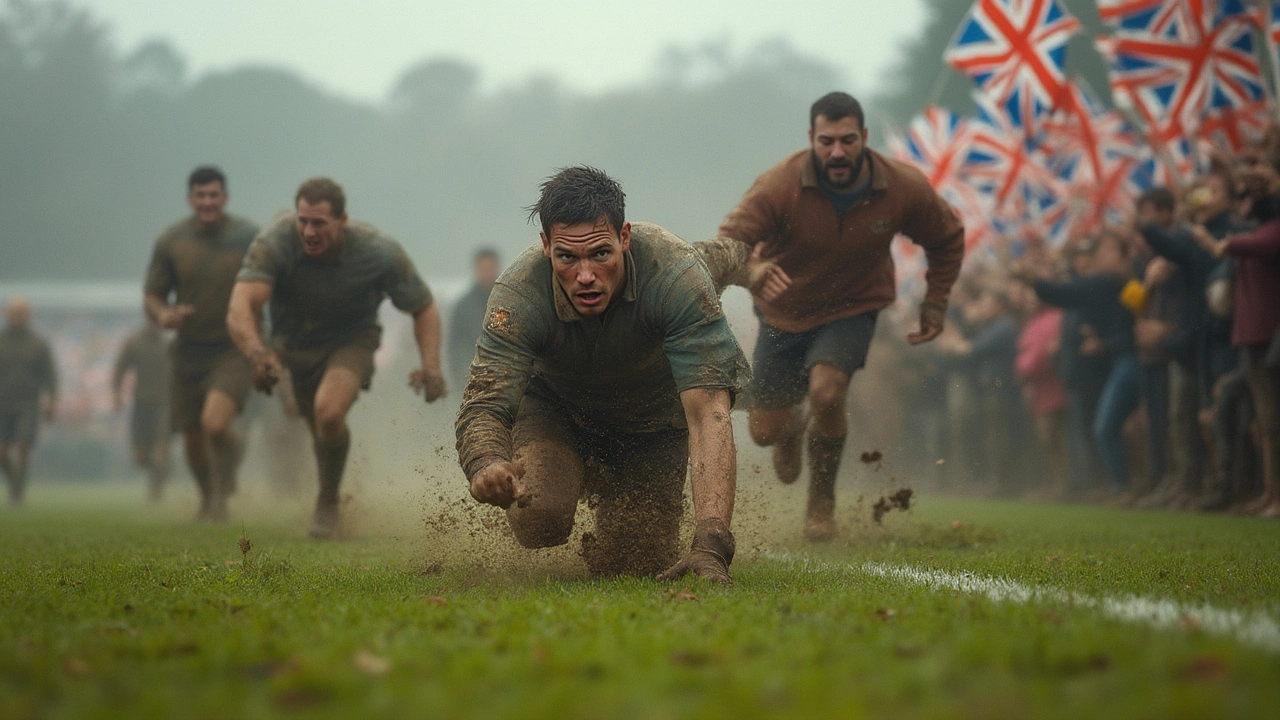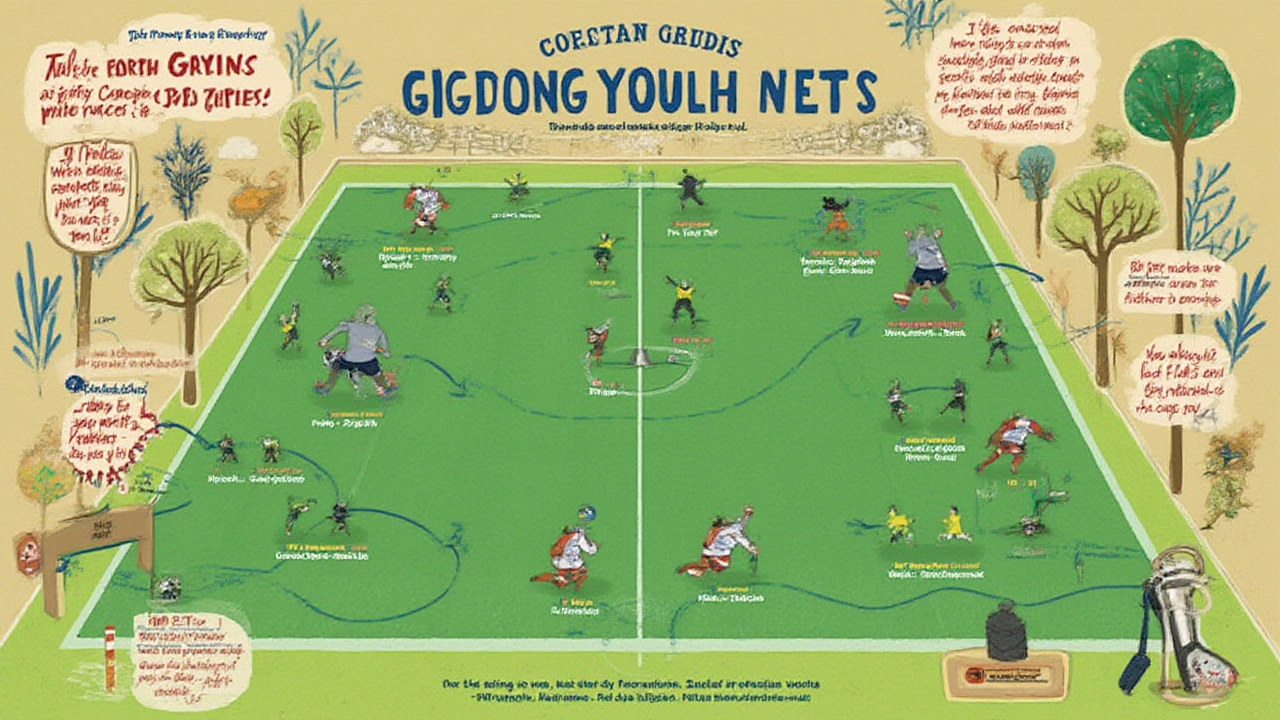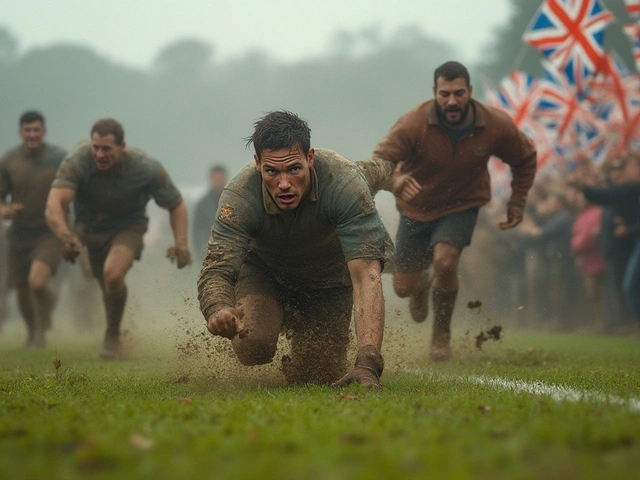What Is a Rugby Touchdown Called? The Essential Guide to Rugby Scoring

Everybody on this side of the pond knows what a touchdown means in football: six points, a spike, and an endzone dance. But if you ask the same question at a rugby match, you’ll get furrowed brows and a gentle correction. The term ‘touchdown’ doesn’t exist in modern rugby vocabulary. So what’s the real story? Why do people—including plenty of Canadians—still mix up the terms? If you hang around any rugby crowd, you’ll quickly learn that the game has its own language. Half the fun is unlocking it.
The Real Name for a Rugby Touchdown
Here’s the answer: a ‘rugby touchdown’ is actually called a try. The name goes all the way back to rugby’s roots in 19th-century England. Back then, you had to physically touch the ball down beyond the opposing team’s goal line to earn a ‘try’ at kicking for extra points—hence the word ‘try’. That old tradition stuck, and even though the scoring system is different now, the word remained. Get the ball across the line, touch it down under control, and you’ve scored a try—worth five points in modern rugby union.
It might seem weird that the key play in rugby isn’t called a touchdown, considering the fact you do have to touch the ball to the ground. American and Canadian football, which borrowed a ton from rugby way back, decided to keep the term 'touchdown' and toss out the physical requirement. In North America, you cross the line and that’s it. In rugby, to this day, your hands need to make contact with the ball as it’s pressed to the turf, or the score doesn’t count. Plenty of highlight reels have ended in heartbreak because of this detail.
Scoring isn’t just about a single hero crossing the line. Often, the ball is whipped from hand to hand, battered forward in phases, and the defense tries everything—including legal tackles that feel illegal—to stop you. Some of the most epic tries come from breakaway runs after a turnover, or from unrelenting packs crashing over from short range. It’s exactly the kind of stuff to get a cold crowd in Calgary roaring in April, even if the field’s still half-frozen.
How a Try Changes the Game
Every try can flip a game, but it also unlocks the next step: a conversion kick, worth two bonus points. The kick isn’t taken straight-on, like in gridiron football. Instead, it’s booted in line with where the try was touched down along the field—score in the corner and your kicker has a brutal angle. Drillers love the straight-ahead ones, so you’ll notice veteran players often risk diving closer to the middle just to make a kicker’s life easier.
Tries aren’t the only way to get points. There are penalty kicks and drop goals, worth three points apiece, and sometimes games end without a single try being scored. But ask any rugby fan, and they’ll tell you nothing beats the emotion of a try. The lead-up usually means minutes of punishing contact, clever runs, slick passing, or daring kicks to the corners. When it pays off, there’s a surge of energy, like when a hockey player scores a shorthanded goal.
In rugby league—a cousin of rugby union, loved by Aussies and Brits—a try is still what you call it, but it’s worth four points, and the conversion rules are a little different. Confusing? Maybe at first. But that’s what makes rugby a game worth digging into.

More Than Just a Name: Rugby’s Scoring Culture
Ask anyone new to rugby, and they’ll probably mess up the name at least once. But the tries aren’t just points on the board, they’re storylines. That’s probably why rugby has so many nicknames for them. Sometimes you’ll hear about “meat pies” or “five-pointers”—a cheeky nod to the five-point value in union play. In New Zealand, fans talk about “dotting down.” The language travels as wildly as rugby itself, and every club tends to have its own slang.
Here’s a wild fact: the fastest international try ever scored happened in just 7 seconds, when John Leslie of Scotland managed to find the try line nearly straight from the kickoff against Wales in 1999. And in Canada, the national team’s greatest moments have always featured game-changing tries—like DTH van der Merwe’s try against Romania at the 2015 Rugby World Cup. Calgary’s local rugby scenes are full of stories about last-minute tries on muddy fields—it’s something that never gets old, even when you’re just watching from the sidelines with numb fingers.
Unlike football, where scoring often leads to elaborate antics, rugby culture values humility. Players who score a try usually get right back in line with their teammates, and showboating is gently frowned on. But you’ll see massive smiles, group hugs, and sometimes a subtle wink after a huge play. It’s more about the team than the superstar, and you’ll hear the crowd roar for a well-earned try more than a fancy spin move or celebration.
Tips to Spot, Understand, and Celebrate Tries
Catching a try can be trickier than it sounds if you’re new to the game. The action stays tight, and sometimes the grounding is hard to see. Here are a few tips for fans and new players:
- Watch for the ball-carrier diving or getting tackled just over the goal line. Their hands must visibly press the ball down—no fumbles allowed.
- Listen for the ref’s whistle and teammates' reactions. A line judge confirms the grounding if it’s in question, and the ref may call for a video replay in bigger leagues.
- If you’re at a game, keep an eye on the supporting runners. The play’s never finished until the ref blows. Sometimes a player gets over the line but can’t control the ball—so no try gets awarded.
- If you’re playing rugby, remember: always dive low, keep tight control of the ball, and don’t assume the try is automatic until you complete the grounding.
- Watch highlights online from classic matches—look up Jonah Lomu, Brian O'Driscoll, or Magali Harvey (Canada’s own legend) for textbook tries.
Some rugby lifers will tell you that the best tries aren’t always the flashiest. It can be a gritty one from a scrum half nudging over the line under a pile of bodies, or a sweeping backline move that stretches defenders thin. Either way, once you learn what to look for, you’ll never mix up a ‘try’ with a ‘touchdown’ again.
One last tip: next time you’re talking to a rugby fan, drop the term ‘try’—never ‘touchdown’—and you’ll instantly sound like you know the score. If you ever get the chance to watch a match live, especially in rugby-mad places like Calgary or Vancouver, you’ll get caught up in how much weight a single try can carry. It’s the heartbeat of the game, and once you’ve felt it, it’ll stick with you."

